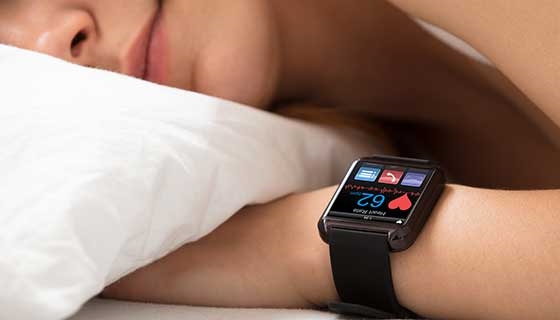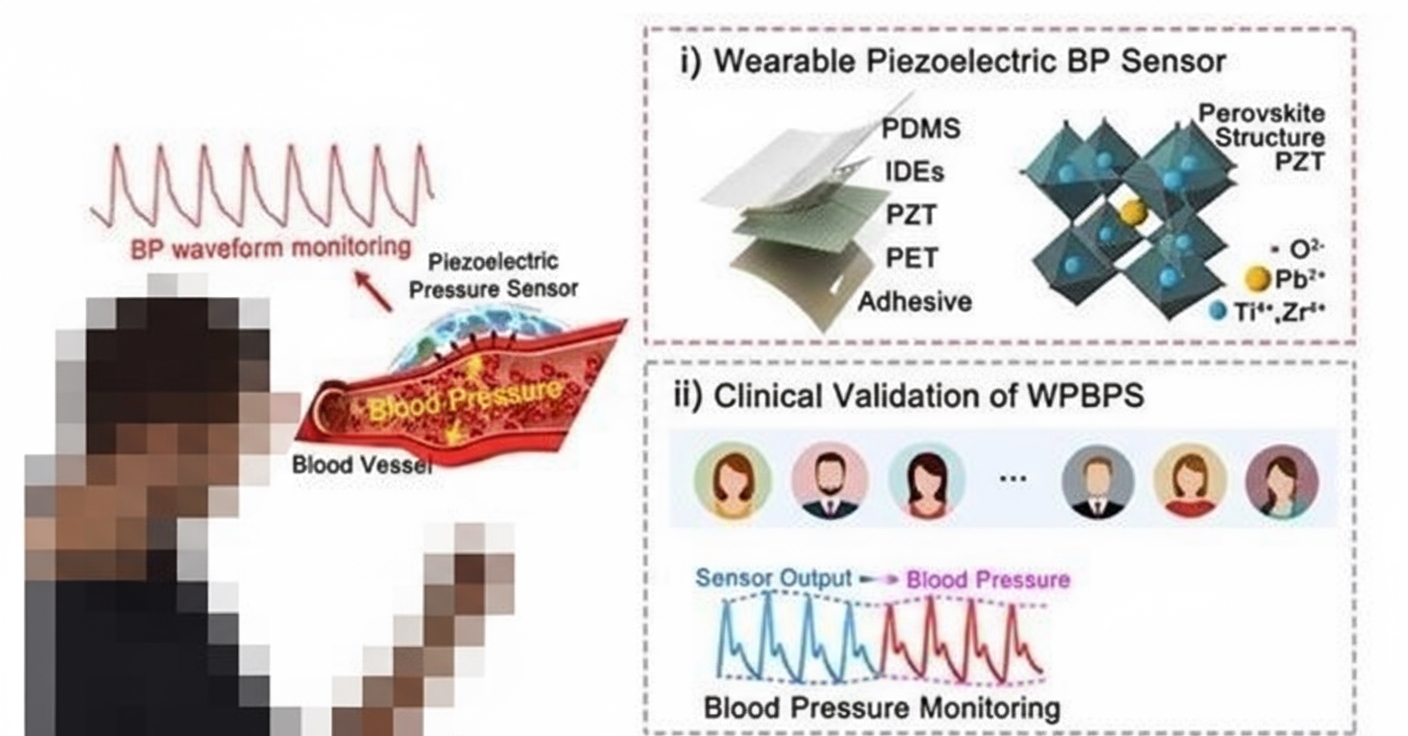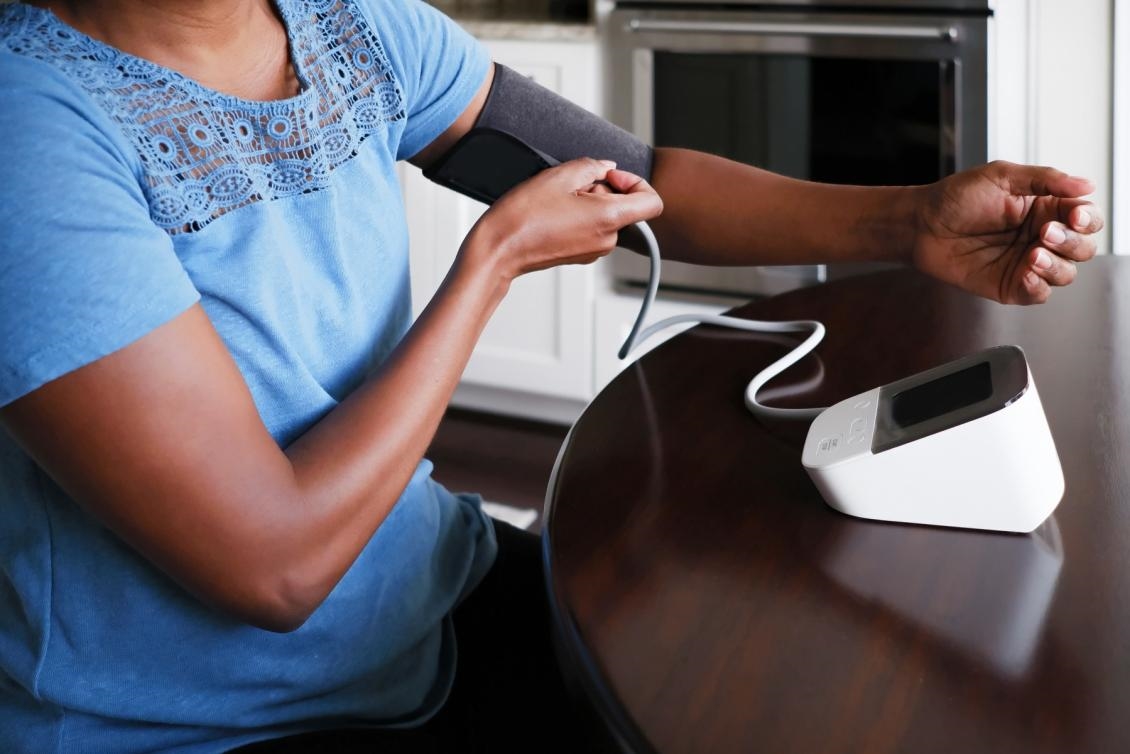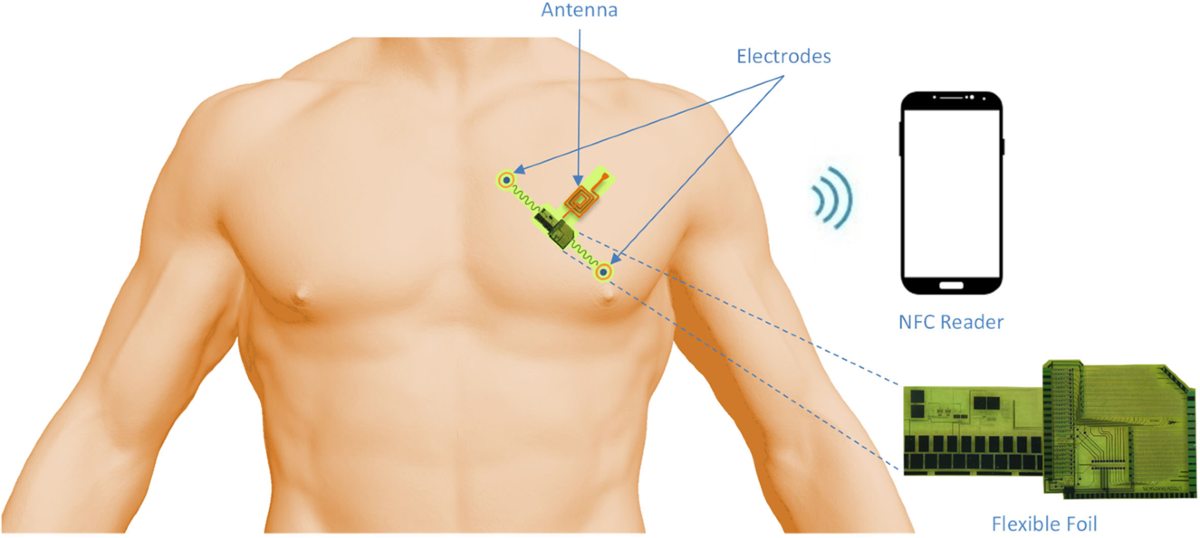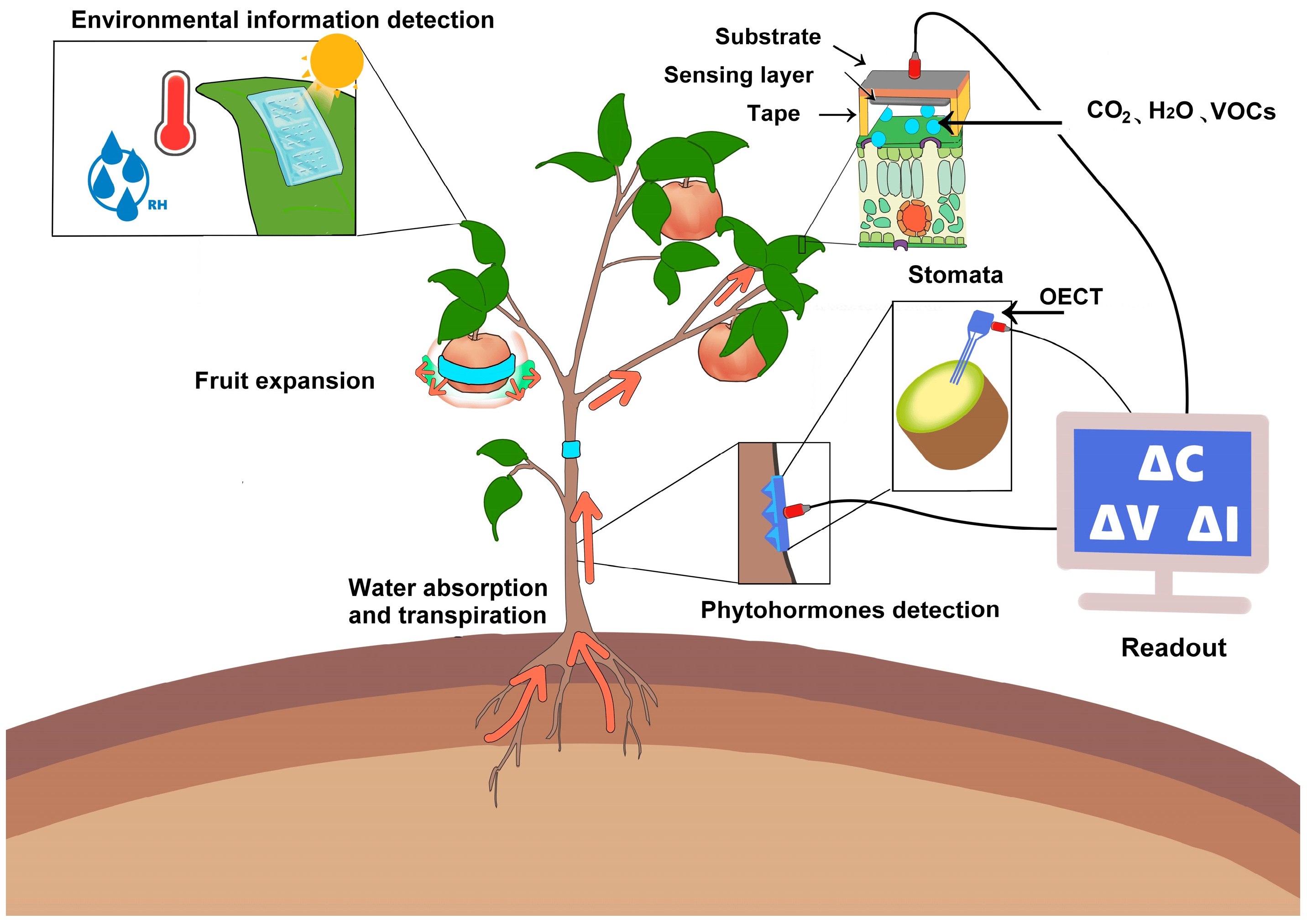On June 23, 2025, GalaxyCore announced the delivery of its first AMOLED display driver chip, the GC3A71, to smartwatch manufacturers. Supporting a 400x400 resolution, flexible packaging, low power consumption, and a wide color gamut, the chip meets key display requirements for smartwatches. This launch marks GalaxyCore's entry into the expanding OLED display market, strengthening its display driver portfolio.
Market Trends and GC3A71's Impact
OLED displays are increasingly popular due to their slim design, high contrast, and energy efficiency, driving significant market growth. Sigmaintell forecasts a 9.1% compound annual growth rate for the OLED display driver chip market from 2024 to 2030, propelled by demand in smartphones and wearables. The GC3A71 positions GalaxyCore as a competitive player, offering high performance and versatility tailored for smartwatch applications.
Technical Specifications
The GC3A71 incorporates GalaxyCore's proprietary chip-on-glass (COG) packaging, which minimizes module bezels, increases the screen-to-body ratio, and enhances visual appeal while optimizing design space. It features integrated SRAM and dynamic refresh technology, supporting 1-60Hz refresh rates to ensure smooth visuals with minimal power consumption, ideal for prolonged smartwatch use. The chip's 11-bit digital gamma (GMA) output delivers enhanced grayscale and a wide color gamut for vibrant, detailed displays.
Designed for versatility, the GC3A71 supports both COG and chip-on-film (COF) packaging, as well as rigid and flexible AMOLED displays. It offers multiple communication interfaces, including 1-line, 2-line, and 4-line SPI, enabling configuration based on system resources. The chip operates reliably across a temperature range of -40¡ãC to 85¡ãC, meeting industrial-grade standards. Built on a 55nm process, it balances performance and cost, facilitating commercial adoption.
 ALLPCB
ALLPCB


